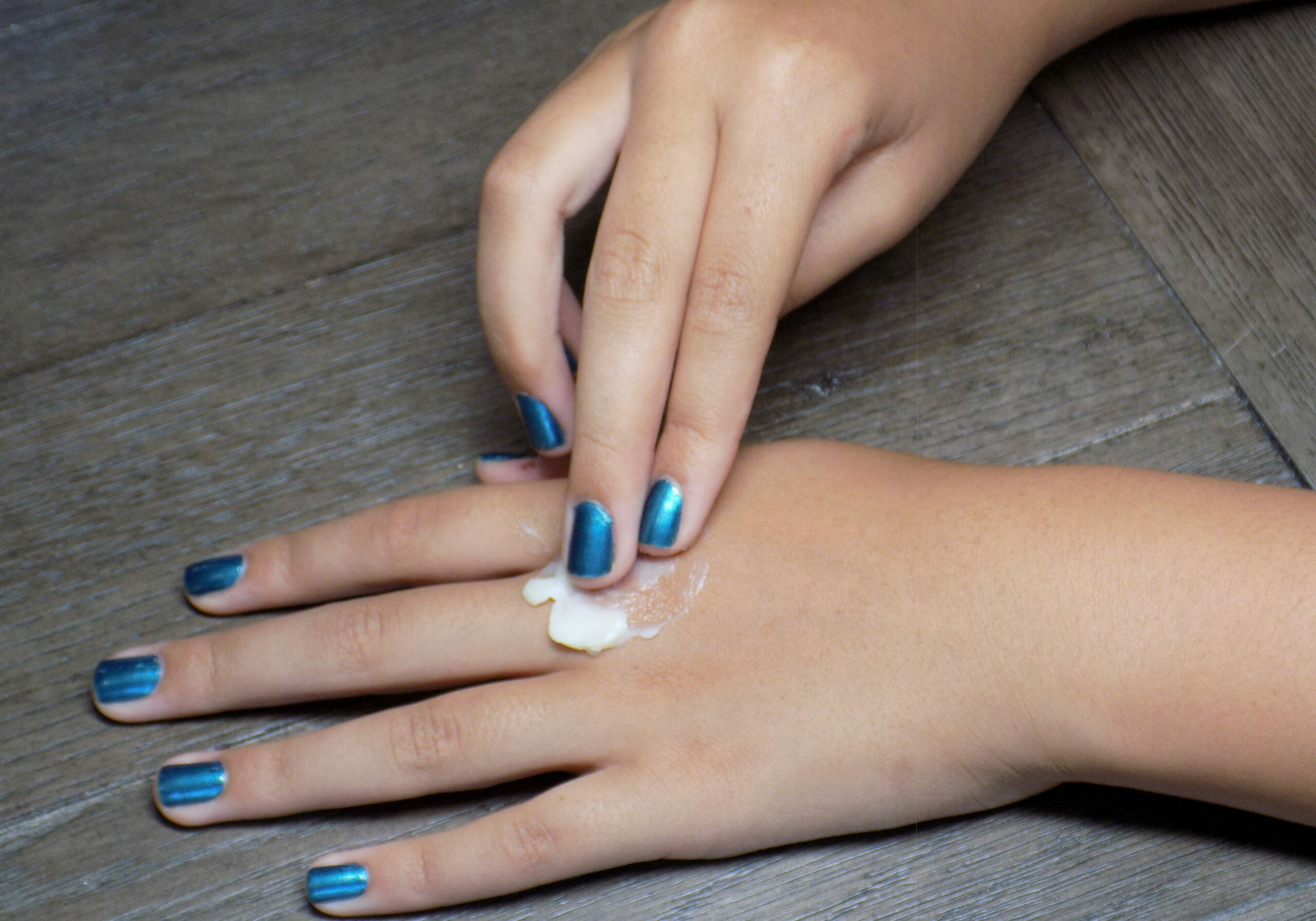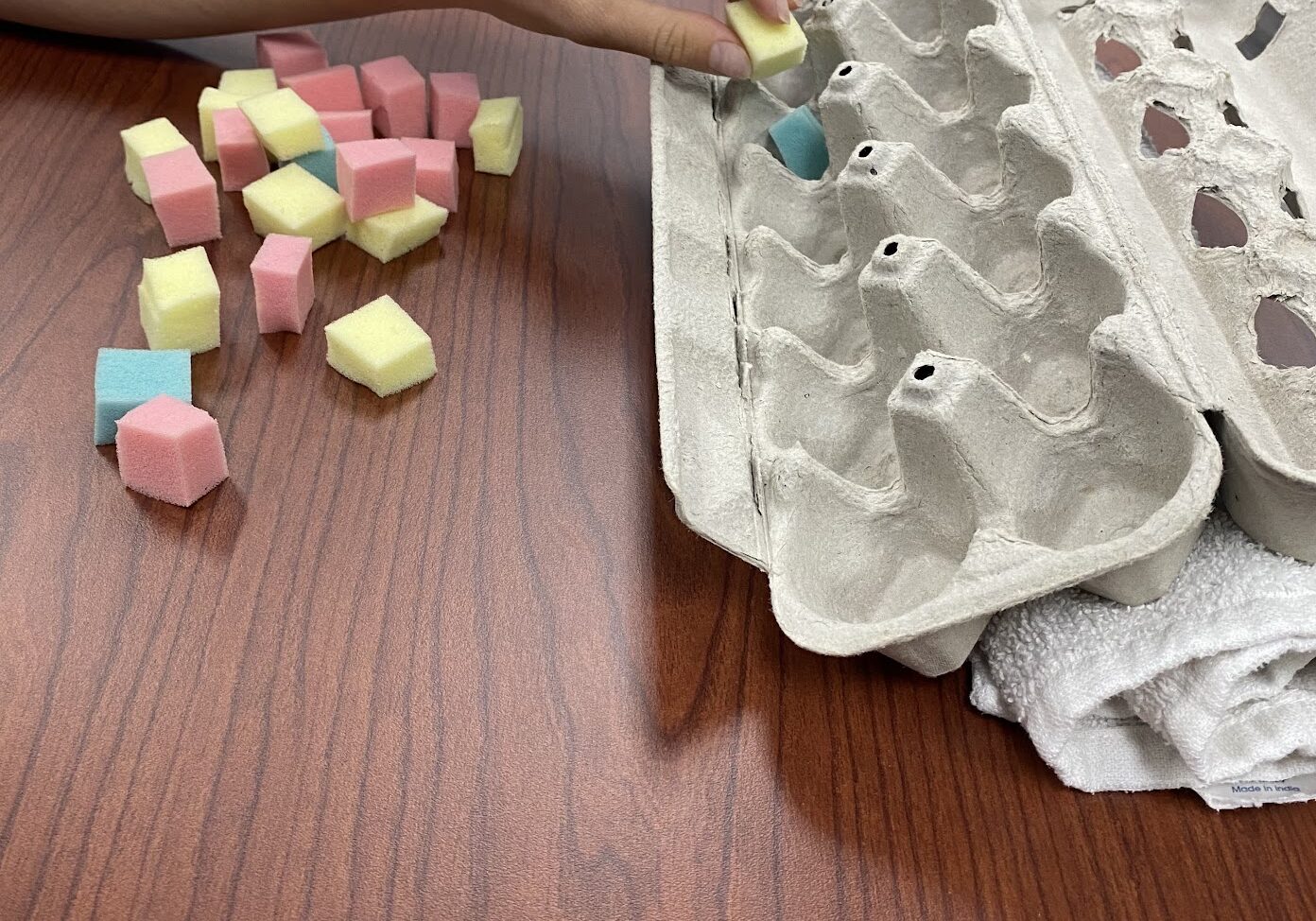Written by Melissa Miller
Introduction
After injury or surgery, nerves in the skin and surrounding the injured area can become overly sensitive. This can cause pain or an unpleasant sensation by stimuli that would not typically cause discomfort. For example, a light touch from a shirt or a certain material can feel like needles to hypersensitive skin. In the hand therapy setting, patients present with injuries to the upper extremity, causing hypersensitivity to crucial areas, such as parts of their hands, fingers, and forearms. When a patient is experiencing hypersensitivity in their upper extremity, it severely limits their ability to complete functional tasks such as dressing, cooking, and manipulating objects.
Desensitization
Desensitization (desensitization techniques for hypersensitivity) is a method in which you are constantly applying stimuli to the affected area of skin, providing the brain with extensive sensory input. [1] Over time the brain acclimates to that sensation, decreasing the uncomfortable, painful sensation that was perceived. [1] There are different methods in how you can desensitize the skin. One common method is using a sensory desensitization occupational therapy kit. Sensory kits can provide different stimuli depending on what type of stimuli the individual is sensitive to. A sensory kit can have different fabrics and textures; it can provide deep or lighter pressure, vibration, and even heat and cold. By providing a patient with a sensory kit, it enables them to desensitize the skin. Hence, they can do the activities and tasks they need to do throughout the day without pain or unpleasant sensation on the skin.
Our Sensory Kit!
We have provided sensory kits to many of our patients who have experienced hypersensitivity after an injury. Our sensory kit typically includes five materials that provide graded tactile stimuli. Our sensory kits are built from strapping and material that are used in the clinic. Here is our sensory kit!
Sensory Kit Material: graded from least intense tactile input (1), to greatest intensity of tactile input (5).
1. Soft/fuzzy Material- light and soft touch to begin desensitization
2. Soft strap – thicker then first material providing greater sensory input, but still soft
3. Velcro Strap – fuzzy and more wiry fabric for greater sensory input
4. Ace bandage – rougher fabric providing more intense sensory input
5. Foam Material – rough material for greatest intensity of sensory input
There are many methods to put together a sensory kit. What does your sensory kit look like?
Resources
[1] rsds (2020). Complex regional pain syndrome (CRPS) treatment: Desensitization. Retrieved from https://rsds.org/complex-regional-pain-syndrome-crps-treatment-desensitization/
2 Comments
Leave a Comment
More To Read
Splinting and Stretch Protocol for Pediatric Trigger Thumb
Tan, A. C., Lam, K. S., & Lee, E. H. (2002). The Treatment Outcome of Trigger Thumb in Children. Journal of Pediatric Orthopaedics B, 11(3), 256-259. The Skinny:Pediatric trigger thumb is a “relatively uncommon” condition of unknown origins. Studies have indicated that spontaneous recovery of trigger thumb is around 25-40%, and chances increase with age.…
Read MoreScar Wars: Scar Management Techniques
We will briefly discuss Scar Management Options and Techniques
Read MoreBrachial Plexopathy Case Example in Hand Therapy
Brachial Plexopathy Case Example in Hand Therapy (plexopathy examples) One of the recent cases we have seen is a 13-year old with a brachial plexus injury. We are seeing the patient post-surgery for tendon transfers to increase functional use of his left upper extremity (LUE). Before the surgery, he could not extend the wrist and…
Read MoreSign-up to Get Updates Straight to Your Inbox!
Sign up with us and we will send you regular blog posts on everything hand therapy, notices every time we upload new videos and tutorials, along with handout, protocols, and other useful information.






Great ideas for desensitization! Easily made for our clients.
Thank you for sharing.
Awesome, easy, practical suggestions! Thank you!